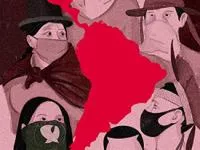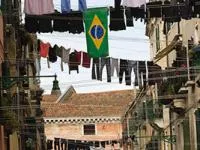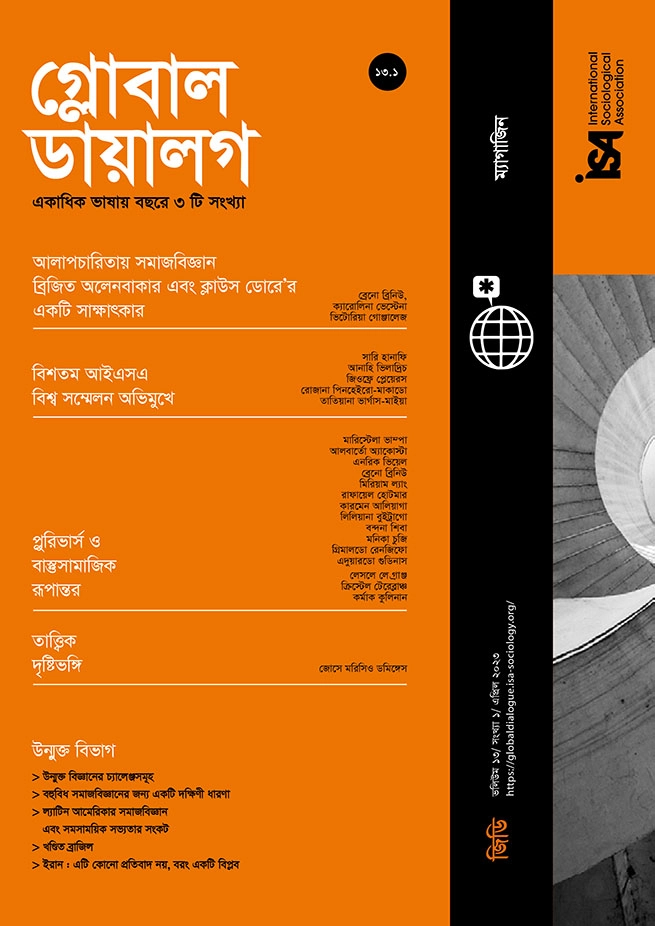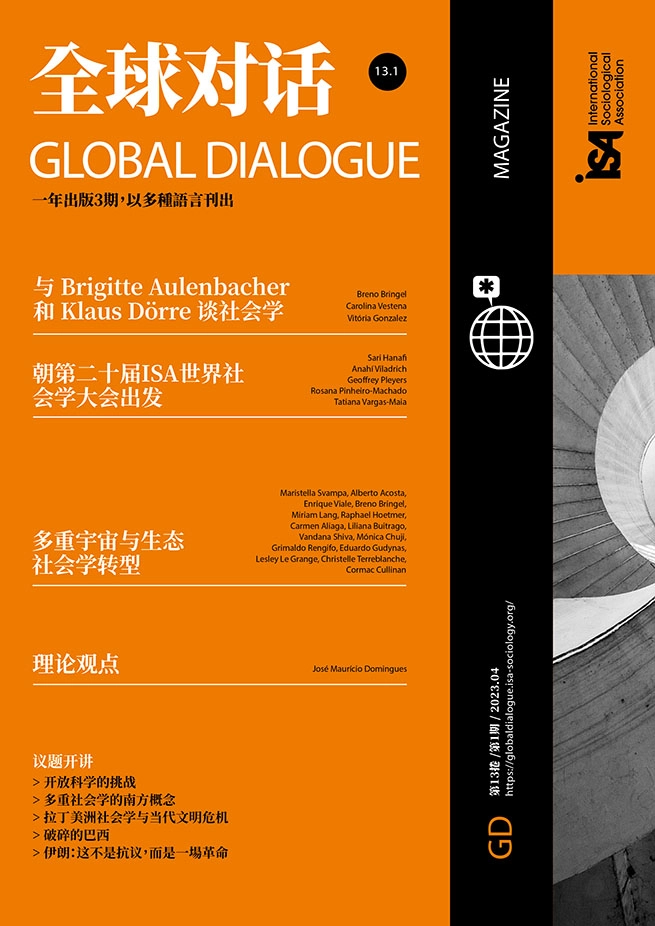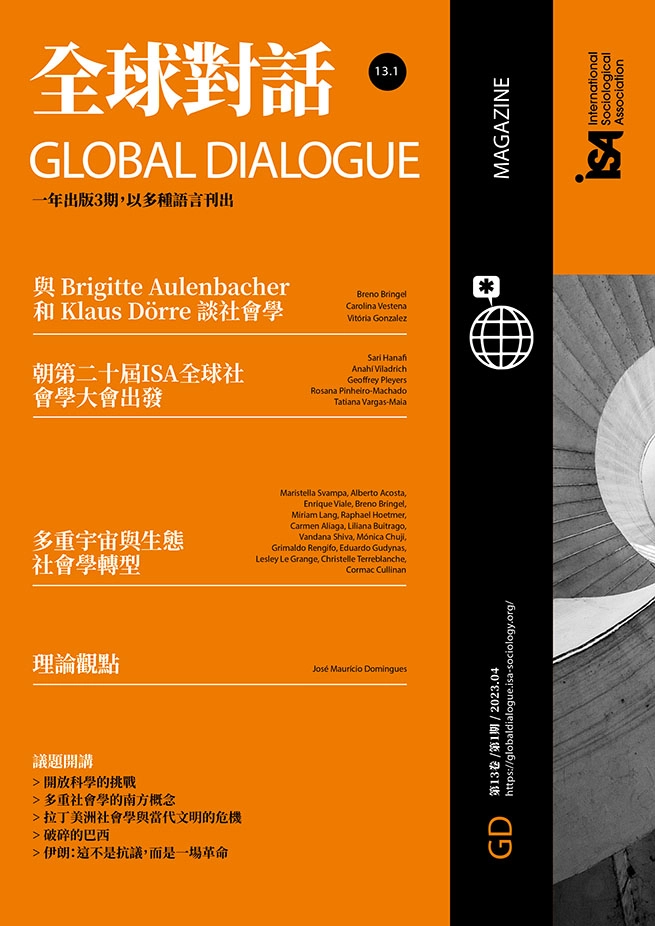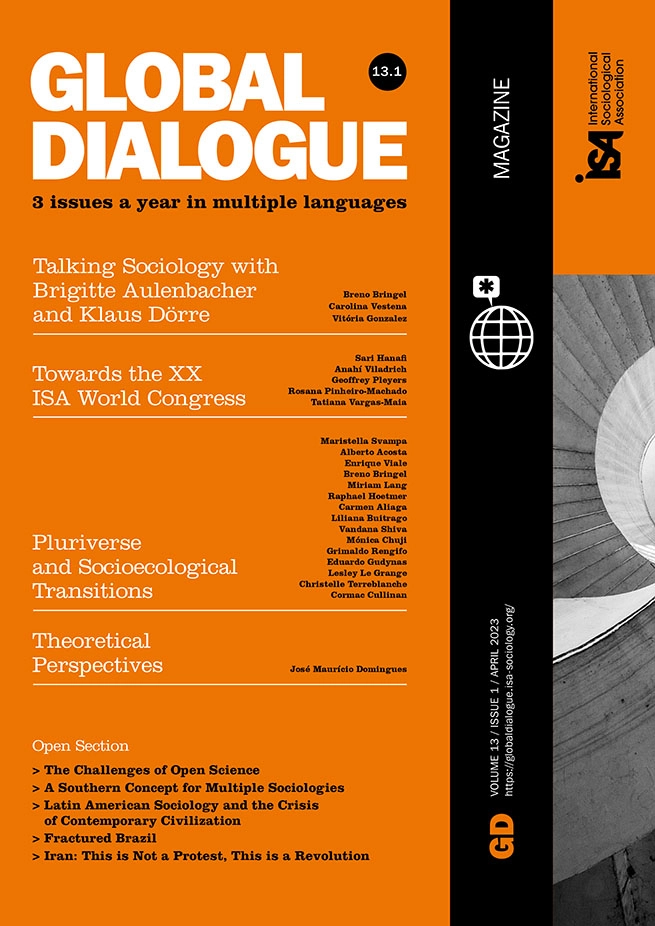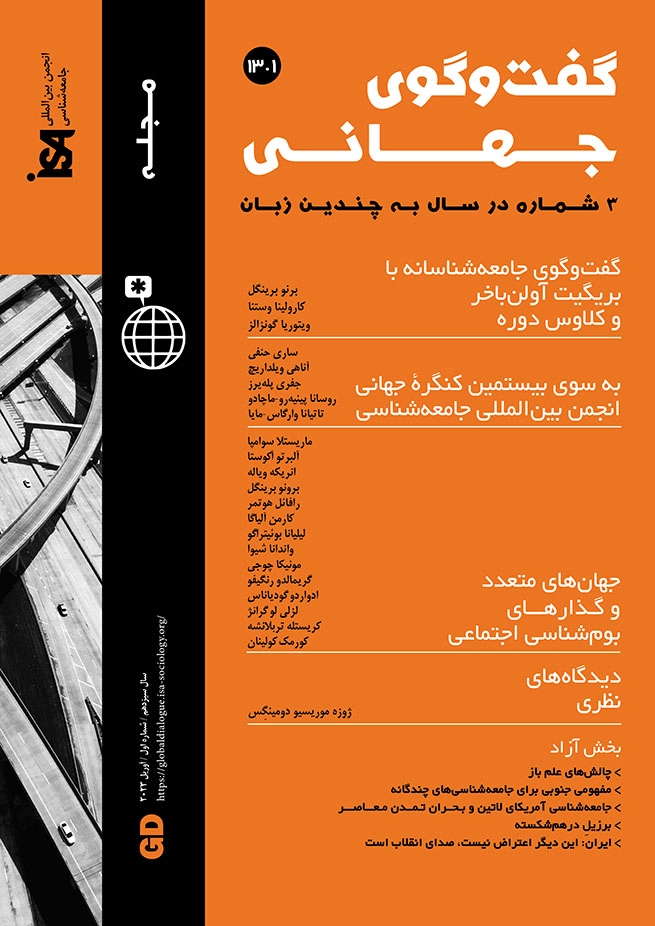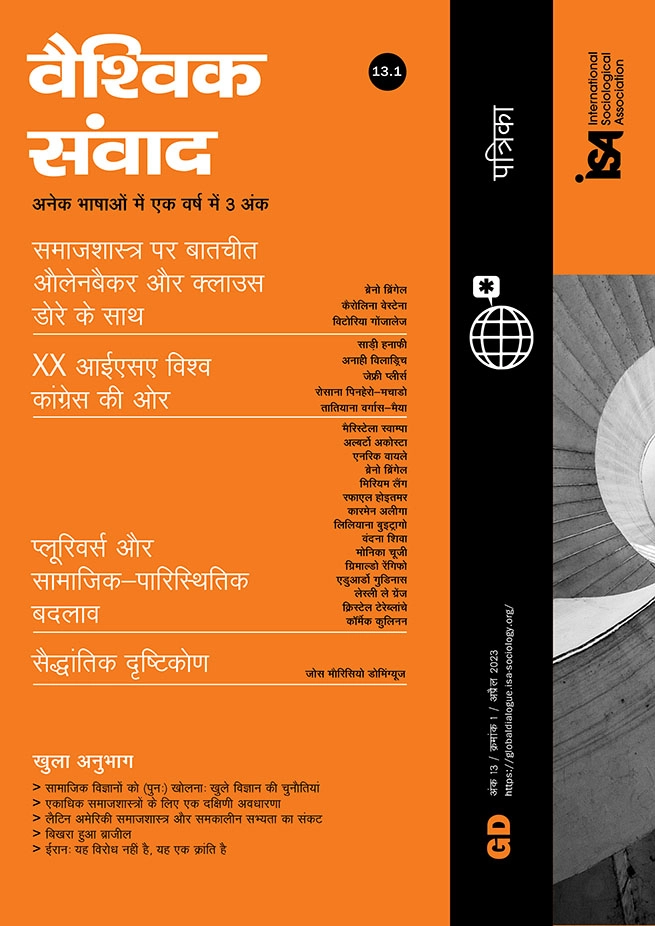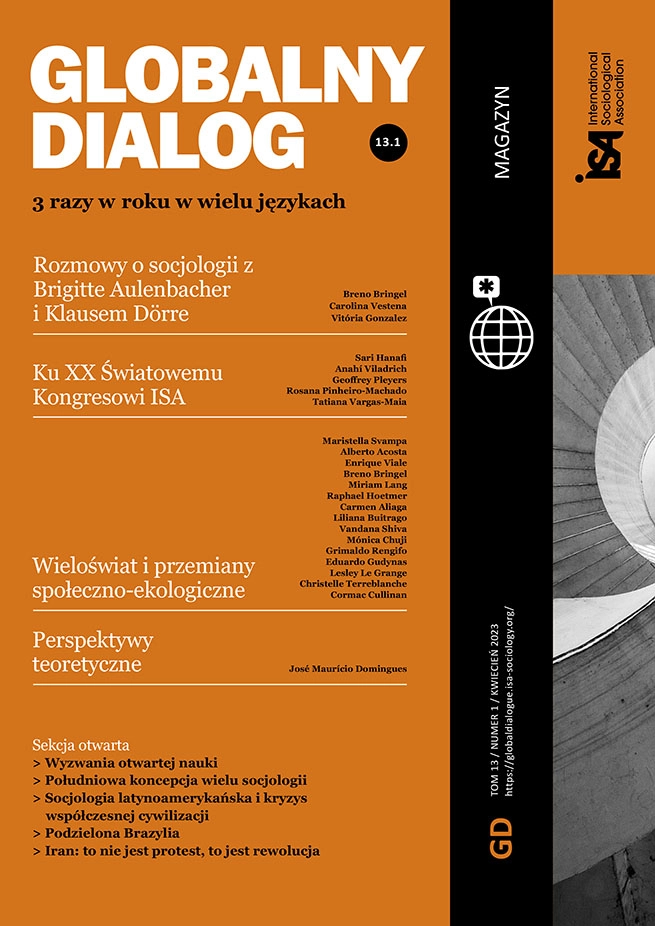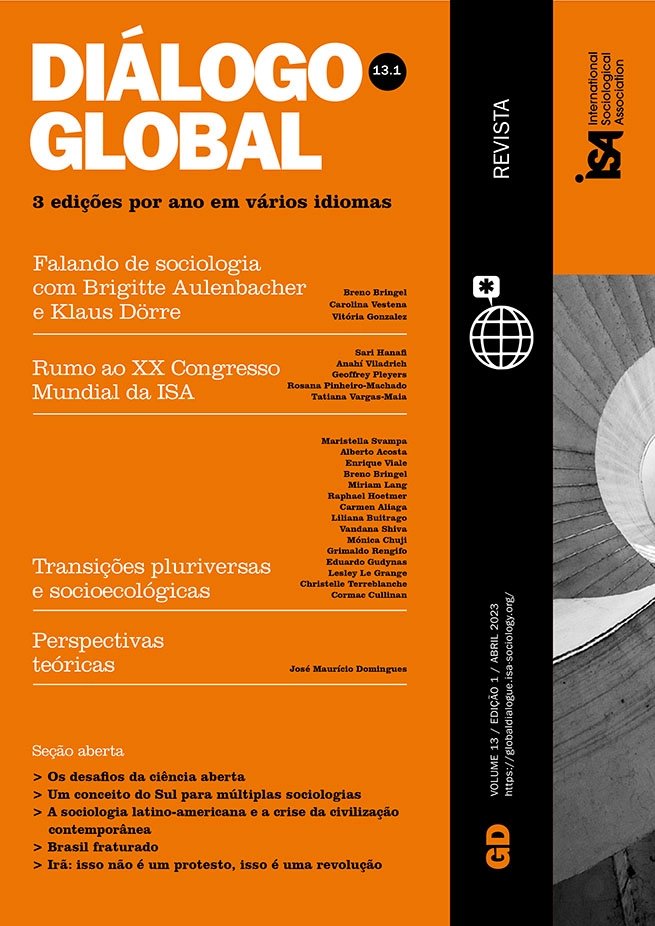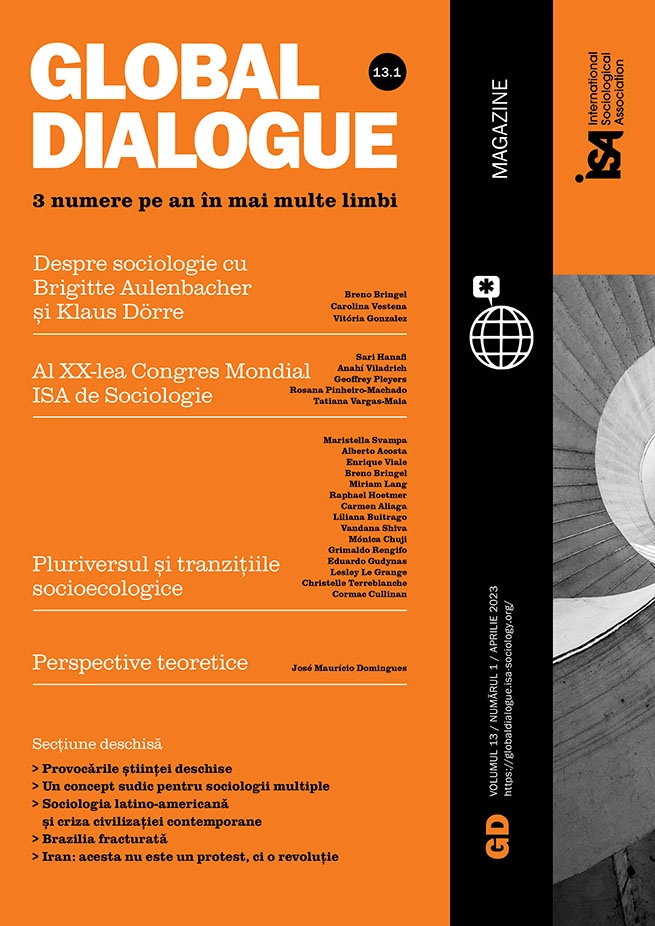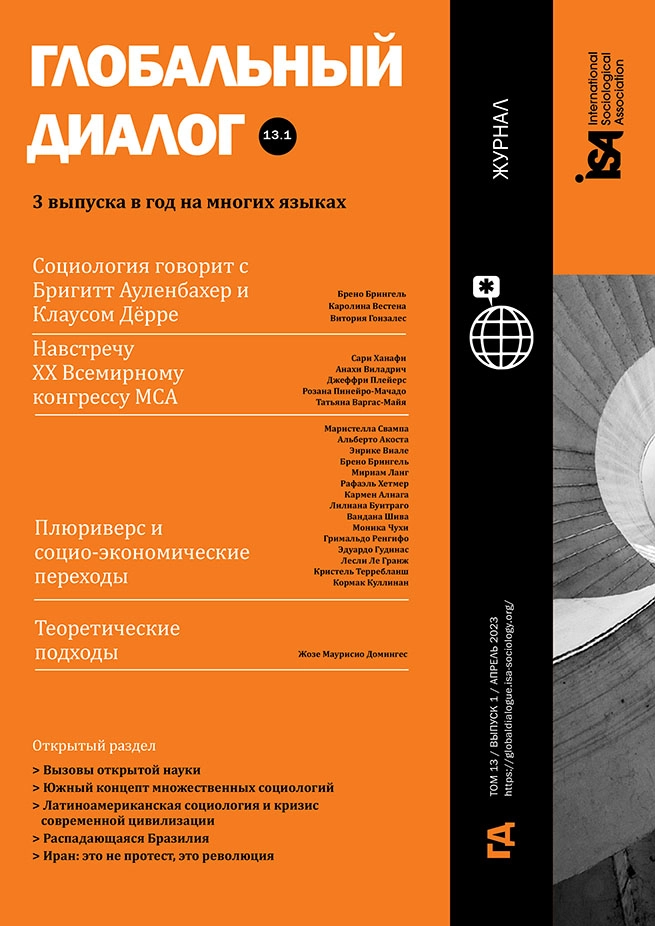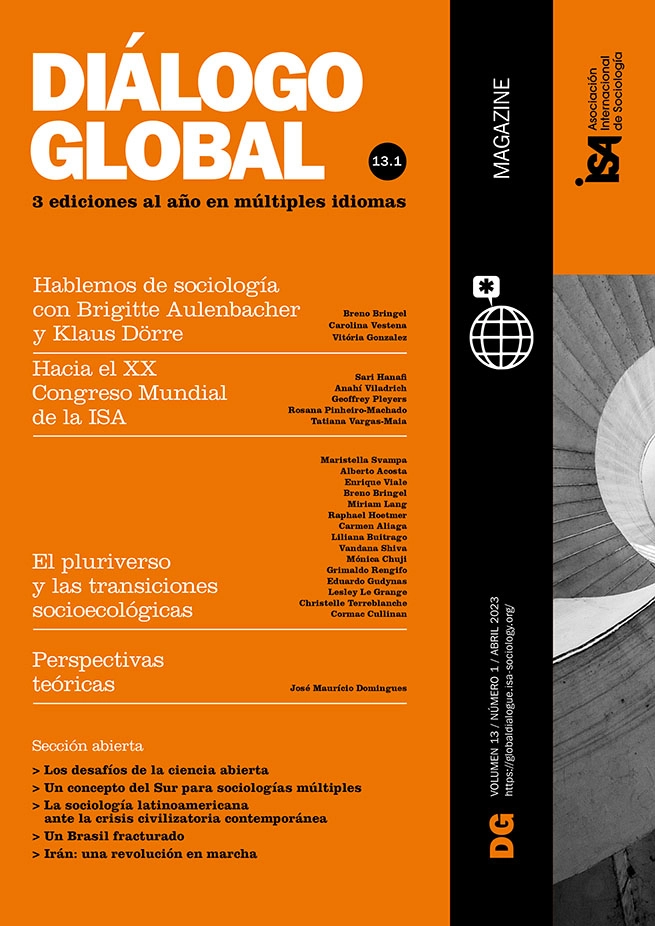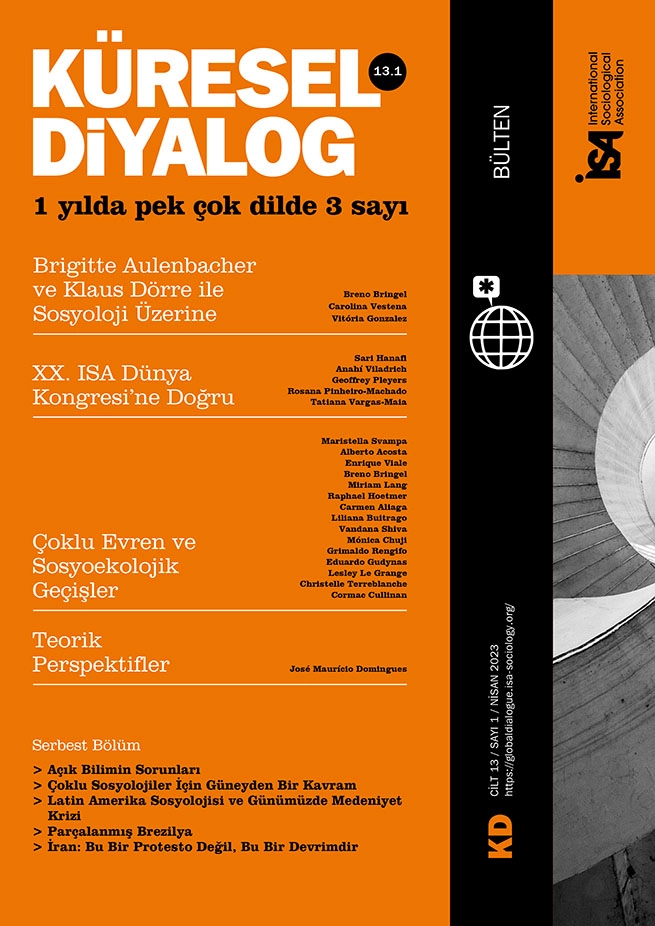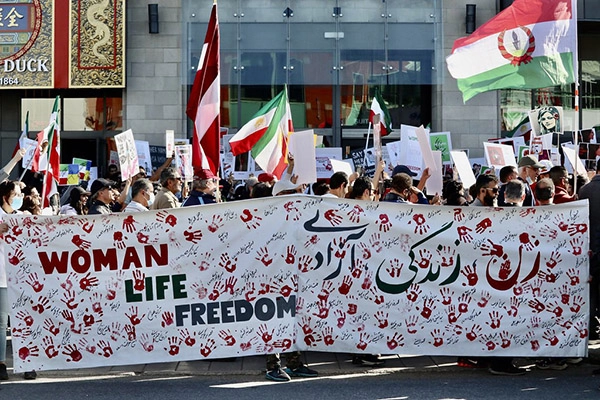On September 13, 2022, Mahsa Amini, a 22-year-old Kurdish-Iranian woman from Saqqez, was arrested in Tehran by the so-called morality police because of her alleged inappropriate outfit. Amini died three days later in hospital after falling into a coma due to what are believed to have been injuries from being beaten in custody.
Amini’s death has sparked a new wave of protests throughout Iran that has called not only for an end to gender segregation but also for the overthrow of the Islamic Republic. Because of the Iranian regime’s many malpractices and the reformists’ betrayal, the protesters do not believe in reforms anymore. They strive for a revolution.
Waves of protest in Iran
As part of the current protest movement, many young girls and women have taken off their headscarves and burned them in public in a deliberate sign of resistance to state-mandated veiling and control over their bodies. While women have played an active and integral role in protests throughout the last four decades, the issue of gender has never been on the agenda of protests per se – except for the protests in 1979 when women protested against the government’s plans for compulsory veiling by law. The first demand that students made in the current protest movement was the abolition of gender segregation in the cafeterias of the universities.
Despite the visibility of young women protesting in public, the powerful slogan “woman, life, freedom” as the central message of the protest, the dominant symbols of women and gender in mass cultural and artistic production, and the issue of gender being firmly on the agenda, the protesters and their demands are multifaceted and not limited to women and gender. The protests have uniquely united Iranians from various generational, social, ethnic, religious and geographic backgrounds, regardless of gender. Male students, teachers, doctors, merchants, workers or civilian blood donors from all geographic corners of the country have joined the protests and strikes. Hence, we have been witnessing a very broad social movement.
The vexing issue of the veil is one of the many issues that the Islamic Republic has not managed to resolve since 1979. In order to uphold its Islamic identity and character, the state has held a tight grip on issues such as mandatory veiling and gender segregation, and it finds itself in an impasse, unable to make any conciliatory adjustments or legal changes – even though about half of Iran’s population opposes compulsory veiling.
The many political, social, and economic malpractices and examples of mismanagement by the regime have added to many Iranians’ dissatisfaction, frustration, and despair. They protested in 2017, 2018, 2019, and 2021 against unemployment, increased gasoline prices, bad water equality, air pollution, and economic mismanagement, to name a few issues. Mahsa Amini’s death was the last straw for the disillusioned Iranians.
The protesters do not demand reforms or fixes to the system, nor do they believe in reforms anymore. The period between the end of the 1990s and the Green Movement of 2009 witnessed a vibrant discourse about changes in law, political reforms, and women’s rights; but with the brutal crackdown, arrests, house arrest, torture and forced confessions of many reform-oriented individuals, the era of reforms came to a complete halt.
“We are not afraid anymore, we will fight”
In November 2022, the head of the judiciary, Gholam Hossein Mohseni-Ejei, invited the protesters to a table to talk by saying: “I’m ready. Let’s talk. If we have made mistakes, we can reform them.” But the protesting Iranians dismissed his effort as yet another tactic of betrayal. They responded with slogans such as: “This is not a protest, this is a revolution.”
The protesters go as far as to call for the end of the Islamic Republic. They chant “Death to the dictator” or “Death to Khamenei” and write on walls and banners “We are not afraid anymore, we will fight” to indicate their fearlessness and determination. They claim to be leading a revolution in the making. Many crucial symbols of the Islamic Republic have been destroyed or burned down. These include police and Basij stations, street signs such as “The Islamic Republic Street” or “Palestine”, statues of the founder of the Islamic Republic Ruhollah Khomeini or the Islamic Revolutionary Guard Corps (IRGC) commander Qasem Soleimani, as well as banners and photographs of Khomeini and the current religious leader Ali Khamenei.
The Iranian regime was surprisingly slow and hesitant in its initial reaction in the first three weeks. This may have been due to the UN General Assembly that was taking place in New York City at the end of September or to Khamenei’s silence and disappearance from public.
Indicative of the regime’s authoritarian nature, the state has employed a range of responses throughout the protest movement. These include shutting down the Internet; organizing widespread pro-regime demonstrations; shooting at protesting crowds with rubber bullets and paintballs; arresting protesters and artists; discrediting the reputation of protesters; destroying demonstrators’ vehicles honking in support of the protests; denouncing the Iranian diaspora; blaming foreign powers for the protests; and misrepresenting facts, slogans, and events.
Even though state officials such as the member of the Guardian Council and the Assembly of Experts Ahmad Khatami or the commander of Iran’s IRGC Hossein Salami have threatened protesting Iranians with severe consequences such as execution, the protests have not waned; not even when the first cases of torture, rape and executions of prisoners became public.
After these first months of the protest movement in Iran it is still too early to know where the protests are heading. It remains to be seen whether and when the vast majority of silent and absent Iranians and the dissident clergy will eventually join the demonstrations. Meanwhile, a (group of) leader(s) emerges, and the protesters start forming organizations and coalitions and formulating specific demands for the aftermath of a potential overthrow. After the initial period of visibility in the international community, conflicts often enter a dynamic of routinization and fall out of the news in the rest of the world. It remains to be seen whether this will happen again and what the position of the international community vis-à-vis the Iranian regime will be.
Iranian Voices
Direct all correspondence to: Global Dialogue editors <globaldialogue.isa@gmail.com>

